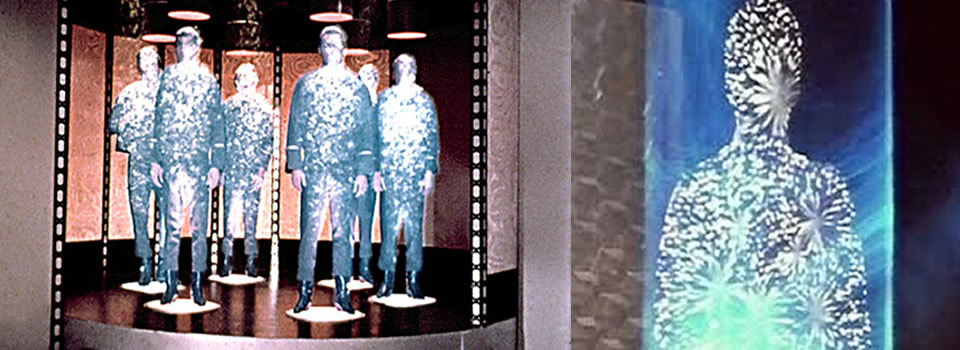Biological Teleportation: It Is Possible to Teleport Living Beings!
 Renowned geneticist Craig Venter, one of the pioneers of synthetic biology, claims that the technologies needed to teleport living beings already exist. However, till now he is talking only about viruses and bacteria. But maybe someday it can be true for humans too.
Renowned geneticist Craig Venter, one of the pioneers of synthetic biology, claims that the technologies needed to teleport living beings already exist. However, till now he is talking only about viruses and bacteria. But maybe someday it can be true for humans too.
In 1995 a group of scientists from the J. Craig Venter Institute, JCVI, launched a project “minimal genome“, whose goal was to leave in the genetic code only the essential information for the existence of a living organism. The research was based on the bacterium Mycoplasma genitalium, which at that time had the smallest genome of all known (482 genes). In 1999, Venter reduced the number of genes to 382, creating a “semi-synthetic” Mycoplasma laboratorium.
In 2003, together with colleagues from JCVI he announced to have managed to transform one type of bacteria (M. capricolum) to another (M. mycoides) using genome transplant, and in 2008 an organism with a fully synthetic genome was created after a second attempt.
Last year, Craig Venter published a new book Life at the Speed of Light: From the Double Helix to the Dawn of Digital Life, in which not only he describes the history of synthetic biology but also a completely new concept of “biological teleportation”. Venter argues that the information contained in the DNA can be digitized and transmitted over cable or via electromagnetic waves, and on the other end a special machine would synthesize oligonucleotides (short DNA fragments) and a robot would assemble the DNA completely identical to the original.
Such a “teleportation” promises significant savings of resources: in fact, to transmit information about the status of all the atoms in the human body about 1032 bits are required, but for the transmission of digitized human genome – only 6 x 109 bits.
Technology that Venter writes about is not fiction – the company Synthetic Genomics, founded by Venter and his colleague Hamilton Smith, has been working on reading and assembling the DNA. But, of course, teleportation of a person in this manner cannot take place either now or in the near future. But to transmit information about the strain of a new virus from one laboratory to another and quickly create a vaccine to prevent pandemic can be possible now.
In 2011, Synthetic Genomics in collaboration with the pharmaceutical company Novartis demonstrated an “assembly” of a vaccine based on the envelope proteins of avian influenza virus H7N9 (later the method was repeated for other strains) in less than five days (usually a similar vaccine production requires about two months). Moreover, such method can allow to build specialized bacteriophages which can be an excellent alternative to the use of antibiotics.
However, Venter claims that these methods can be used not only on our planet. Why not to use “biological teleportation” to detect life on Mars? Equipping rover with a biological laboratory, it is possible to transfer information about the found genomes to Earth, where they can be recreated and studied. And maybe someday the process will be reversed: the colonists will be able to receive the necessary bacteria and plants from Earth.
About Author
Anna LeMind - Hi, I like learning new things and sharing my knowledge with others! I post science, psychology, self improvement and other related topics.
